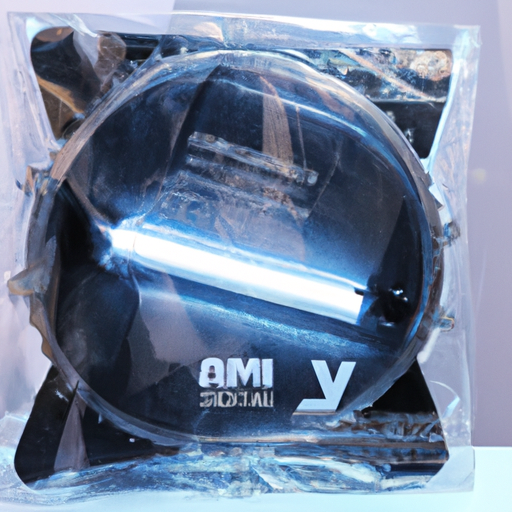The mainstream interconnection device models typically include USB, HDMI, DisplayPort, Thunderbolt, etc. The differences between them are mainly reflected in the following aspects:

2. Supported device types: Different types of interconnection devices also support different types of devices. For example, HDMI is mainly used to connect monitors and TVs, DisplayPort is also used to connect monitors, while USB can connect various external devices such as keyboards, mice, printers, etc.
3. Interface shape: The interface shape of different types of interconnection devices is also different. For example, the USB interface is usually rectangular, the HDMI interface is rectangular, and the Thunderbolt interface is oval.
4. Functional features: Different types of interconnection devices also have different functional features. For example, the Thunderbolt interface supports bidirectional transmission and charging, the HDMI interface supports high-definition video and audio transmission, and the DisplayPort interface supports high-resolution video transmission.
In summary, different types of interconnection devices have differences in transmission speed, supported device types, interface shape, and functional features. Users should choose according to their own needs and device types.





